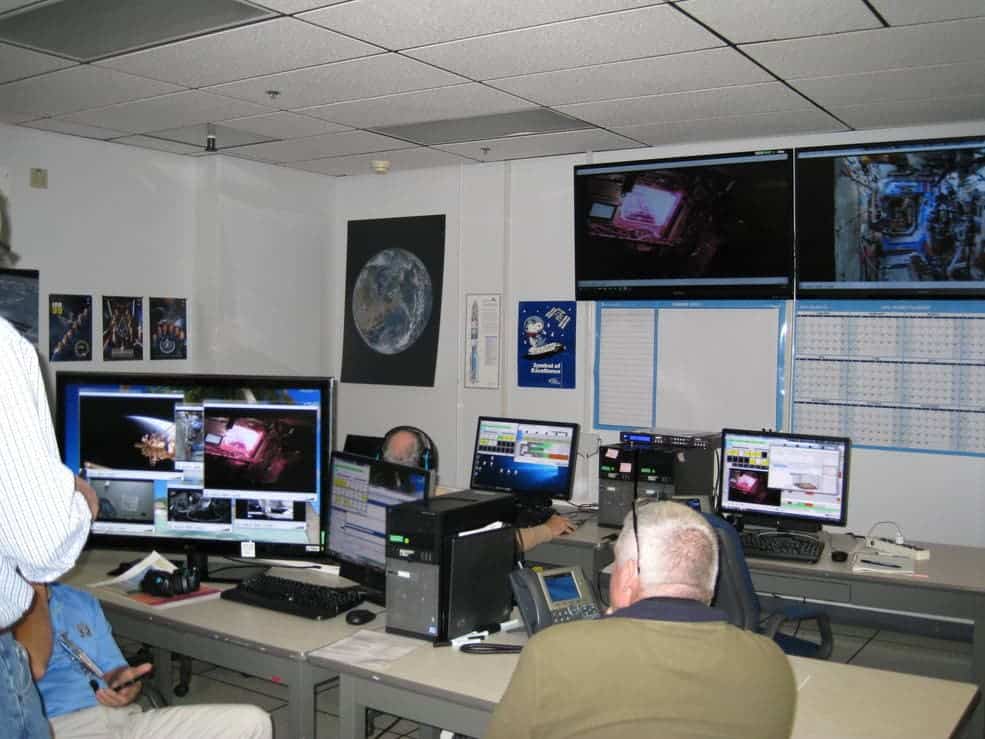Astronauts aboard the ISS are have just planted the fall crop of lettuce — or, as they call it, the Veg-03 experiment.
Space food hasn’t been exactly gourmet up to now. We’ve come a long way from beef paste in a tube, but you’d probably have trouble finding folks who would eat astronaut food if the Earth variety is available. It looks, feels, and probably just tastes, different. However, since food is such an integral part of human life and we all like to enjoy what we put in our bellies, NASA is working hard on bringing the best quality chow to its crews.
Earlier today, NASA astronaut Shane Kimbrough started the Veg-03 experiment — one of his first assignments since joining the crew aboard the ISS but arguably the most important one for future explorers. Ground control’s Veggie team supervised him through a live video link from consoles in the Experiment Monitoring Area at NASA’s Kennedy Space Center in Florida as Kimbrough planted the third crop in space, the agency reports.
“Operations went great today! A little slower than expected, but all plant pillows were successfully primed for the first time in our Veg series,” said Veggie project manager Nicole Dufour.
Plant pillows are kind of like a crop-in-a-bag: small pouches with a “growth medium”, seeds, and fertilizer. All astronauts have to do to start growing their own food is to add a little water to the pillows. They’re going to be vital for future long-duration missions where resupplying from Earth won’t be possible. The Veg-03 plant growth facility is the latest installment of the experiment, which resulted in the first-ever harvest in orbit in the summer of 2015. With the 03, NASA hopes to develop a new repetitive harvest technique they call “Cut-and-Come-Again”.
“We previously have had some hardware issues that prevented at least one pillow from each ‘grow out’ from being successfully primed, so we were very excited to achieve that milestone,” she added.
“Once the plants are approximately four weeks old, a selection of leaves can be harvested for a bit of fresh lettuce and possibly science samples. Meanwhile, some leaves are left intact along with the core of the plant, and will continue to grow and produce more leaves,” Dufour explained.
Having access to an onboard food source would do wonders for astronauts’ diets, as well as their morale. The team is now expecting germination, which will likely take place early next week.
Some of the samples will be returned to Earth for testing, but the crew will get to enjoy the rest.










